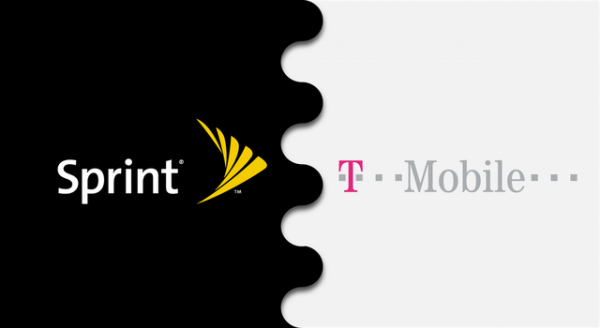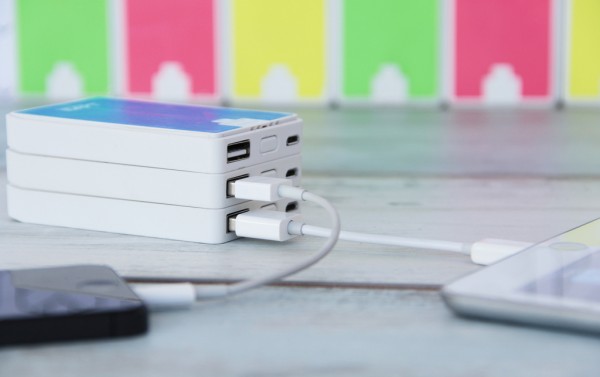
There is one company out there that we feel is starting to learn from past mistakes when it comes to making device updates, Samsung. While it is still slow going, they seem to have put some much-needed emphasis on moving to the next version of Android. Many of you will recall how they aimed more at the next device and all but abandoned the current device on the market. As it sits right now though, Samsung has updated all Galaxy S II’s, that we know of, to Ice Cream Sandwich. They have also updated the Galaxy Note as well. Now it is time for them to focus on Jelly Bean.
According to a post over at SamMobile, who is usually pretty spot on, the end of the year looks to be full of little Jelly Beans for all our favorite devices. They list the Galaxy S III as updating to JB by the end of Q3 and beginning of Q4. Those quarters are the end of September and the beginning of October. With the Galaxy S II and Note listed as Q4, which is a good 90 day target.
Galaxy S III – End Q3 begin Q4
Galaxy S II – Q4
Galaxy Note – Q4
Galaxy Note II – begin Q4
Where it gets a little bit more exciting to us, is the mention of the Galaxy Note 2. That device is still not truly official from Samsung, even though we know it is coming. They have an unpacked event scheduled for the end of August that should produce pricing, launch dates and carrier information. Most likely the Note II will be landing in consumer hands by September and Samsung apparently has plans to move the device to Jelly Bean a few weeks after it launches. That is some pretty slick news if you ask us.
Does this mean that these quarters will see a global upgrade? Most likely not. They will be first rolled out to all the international devices that are GSM unlocked. As for the U.S. variant updates, that is up to the carriers. We could see it here in the states around the same time, or it could be pushed to Q1. U.S. carriers never seem to be very diligent with making device updates happen.
Never the less though, once it gets out there in the digital world, we can expect our hard-working developers to take that code and make it possible for us long before our carriers do.
Source: SamMobile via CoolSmartPhone









